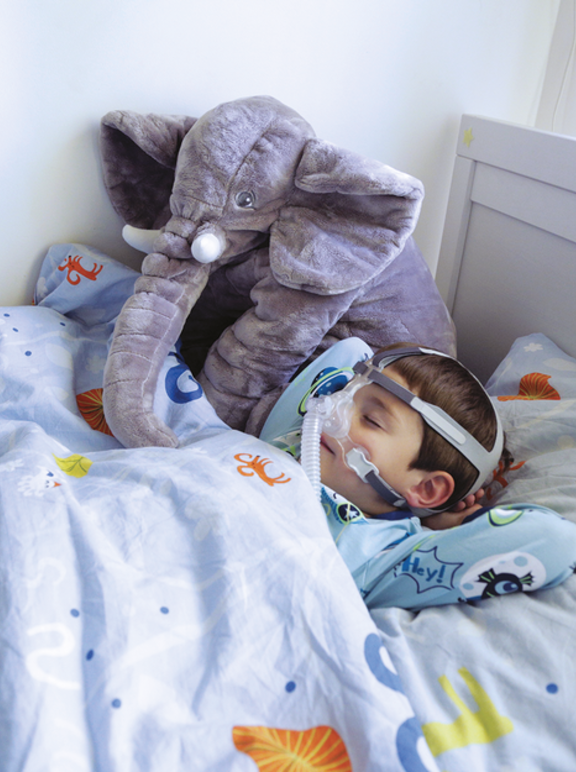What is Mechanical Ventilation?
Home care with invasive and non-invasive ventilation
Assisted mechanical ventilation makes it possible to normalize oxygenation and ensure adequate breathing for the patient through positive pressure equipment that facilitates the entry and exit of air in the lungs. It is indicated for the treatment of respiratory diseases, neuromuscular diseases, skeletal changes of the rib cage (kyphoscoliosis), heart diseases, among others.
Types of Mechanical Ventilation
-
Invasive mechanical ventilation: connected to the patient through an endotracheal tube or tracheostomy.
-
Non-invasive mechanical ventilation: connected to the patient through oronasal and nasal interfaces.
When is Home Mechanical Ventilation indicated?
For home ventilation, it is necessary for the patient to receive all the treatment he received in the hospital at his home through follow-up from home care companies, family and caregivers.
Professional support and knowledge is essential for the patient to have all the necessary assistance and a well-prepared environment to receive him. Caregivers play an important role as they are responsible for feeding, administering medication and proper hygiene of the place, which must be ventilated and with adequate humidity.
Family participation provides a better quality of life and a reduction in emotional stress, in addition to allowing greater privacy and ease to regain functional independence.
Safety in the treatment of Mechanical Ventilation
In case of doubts about the use or installation of the products, call 01000033373.
- Keep the home mechanical ventilator on a flat and stable base, if not using its pedestal, to prevent the risk of falling.
- Do not leave any ventilator accessories, such as the exhalation circuit and valve, on the seat/bed or other absorbent materials when not in use.
- Do not smoke in the environment where the lung ventilator and/or medical gas cylinder is installed.
- Do not use oils, fats or any substance to lubricate valves, regulators and connections.
- The home mechanical ventilator must not be exposed to direct sunlight.
- The fan cannot be covered by any material so as not to have its cooling inlet obstructed.
- Do not keep liquids close to the fan and its accessories, in order to avoid the risk of electric shock.
- Handling of equipment should only be performed by a qualified healthcare professional. Ventilatory parameters cannot be changed without the formal agreement of the person responsible for the prescription.
- Alarms cannot be changed or turned off without prior knowledge of the physician responsible for the patient. If you have any questions regarding alarms, contact VitalAire's Home Care and Call Center on 01000033373.
- Air Liquide prohibits the customer/user from performing maintenance and repairs on the equipment.
- The home mechanical ventilator must be used exclusively under the responsibility of a physician and parameterized according to the prescription.
- The electrical installation must support the electrical power indicated on the equipment (see user manual).
